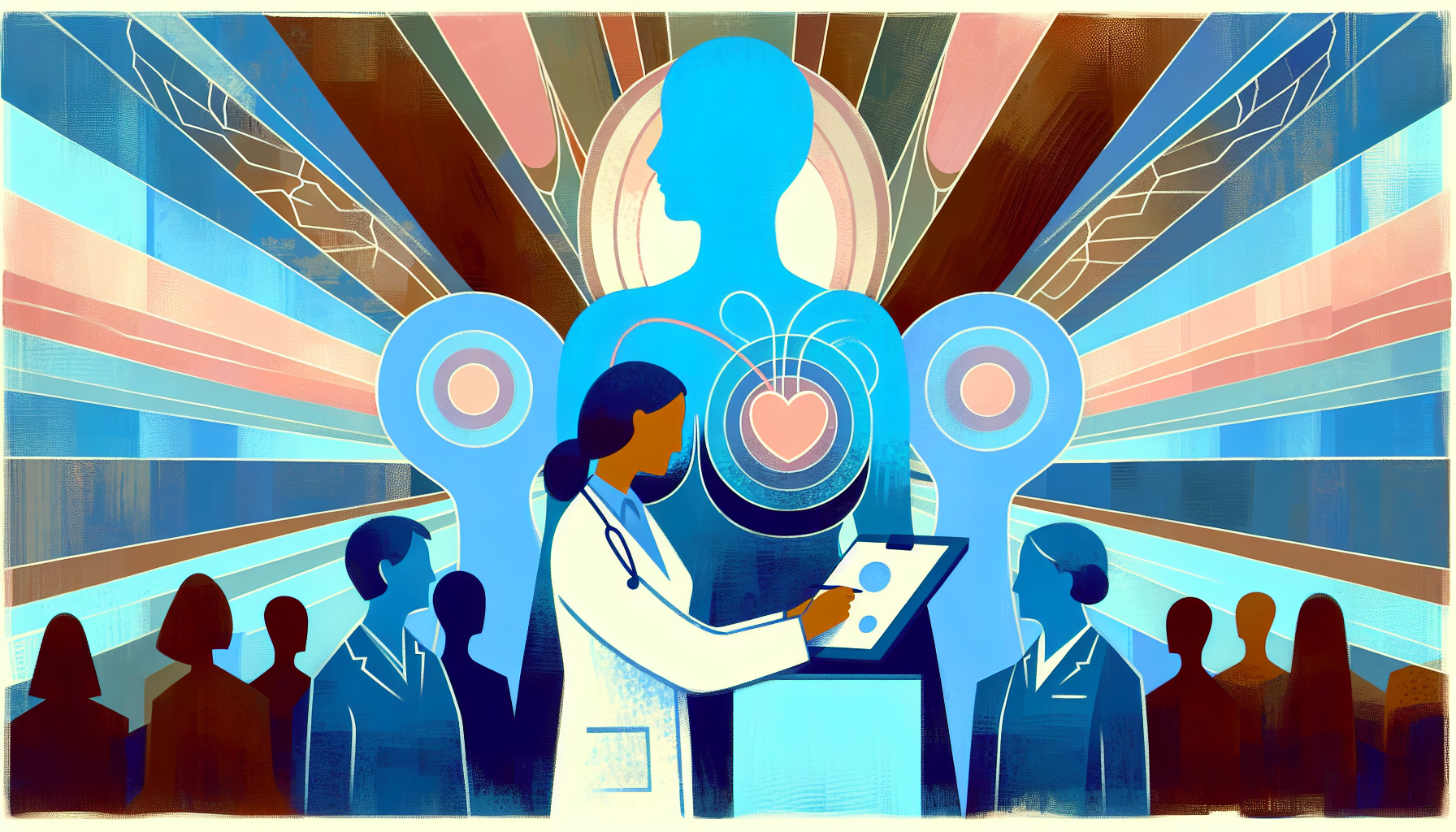Can I Take Zepbound a Day Early?
Key TakeawaysZepbound is a once-weekly injectable medication for weight management and obstructive sleep apnea (OSA) linked to obesity.Taking Zepbound a day early is [...]
Read More
Medically reviewed by Abhijit Bhattacharyya | MD, PhD, MBA, Tufts University School of Medicine - Miami, Florida on July 14th, 2024.
Mammograms are well-known for their role in screening for breast cancer, but a new study has revealed that they may also be useful in detecting signs of heart disease. The study, published in the Journal of the American College of Cardiology: Cardiovascular Imaging, found a fascinating link between incidental findings on mammograms and heart disease.
Mammograms are designed to detect tiny bits of calcium in breast tissue, known as "microcalcifications," which can be a sign of breast cancer. However, calcium deposits can also occur in blood vessels, indicating atherosclerosis or "hardening of the arteries," a condition linked to heart attacks and strokes.

In the past, radiologists reading mammograms might have noticed these calcium deposits in blood vessels but not mentioned them, as they were considered "incidental" findings unrelated to the purpose of the test. However, this new study suggests that these findings could be more significant than previously thought.
Researchers compared the results of mammograms with CT scans of the coronary arteries and found a strong correlation between calcium-laden blood vessels on mammograms and calcium deposits in the coronary arteries. This suggests that mammography could potentially become a common screening test for both breast cancer and cardiovascular disease, if future research confirms the link and leads to preventive measures or treatments that reduce the risk of heart attacks, strokes, and premature cardiovascular-related deaths.
"Incidentalomas," or abnormal findings that weren't the intended target of a test, can pose challenges for doctors and patients. It can be difficult to know how to interpret and act upon these findings, especially when their significance is uncertain. Examples of incidentalomas include:
Non-cancerous abnormalities detected during lung cancer screening by chest CT for smokers
Unexpected findings on imaging tests like CT scans and MRIs, such as lumps or nodules of uncertain importance
These findings can lead to unneeded worry, additional testing, and increased healthcare costs. However, as this new study demonstrates, incidental findings can also represent an opportunity for early detection and intervention.
While most incidental findings may not be particularly helpful, the study on mammograms and heart disease highlights the potential for these unexpected discoveries to improve health outcomes. By taking advantage of an incidental finding that was previously considered misleading or confusing, we may be able to develop new screening tools and interventions to prevent serious health problems.
As research continues to explore the link between mammographic findings and heart disease, patients and healthcare providers should remain open to the possibility that tests designed for one purpose may yield valuable insights into other aspects of health. By staying informed and working together, we can harness the power of incidental findings to improve detection, prevention, and treatment of a wide range of health conditions.
Key TakeawaysZepbound is a once-weekly injectable medication for weight management and obstructive sleep apnea (OSA) linked to obesity.Taking Zepbound a day early is [...]
Read MoreKey TakeawaysZepbound is an FDA-approved medication for chronic weight management in adults with obesity or overweight, and for moderate to severe obstructive sleep apnea [...]
Read MoreKey TakeawaysZepbound is a once-weekly injectable medication that supports weight loss by activating hormone pathways regulating appetite and digestion.After the first dose, [...]
Read More